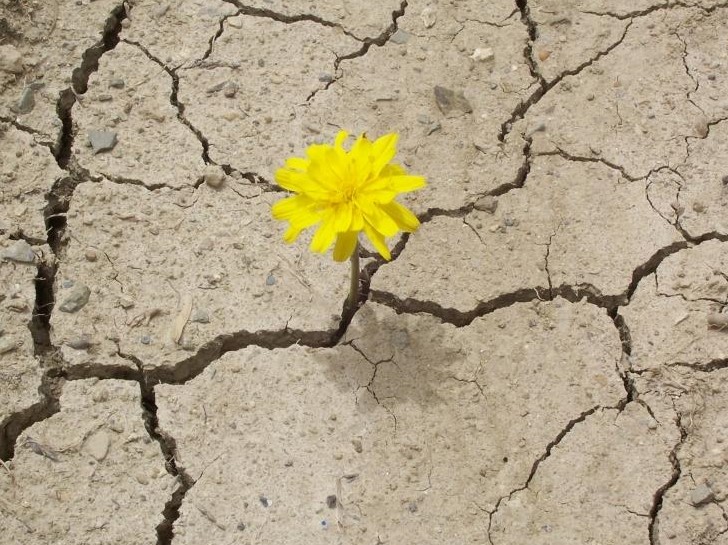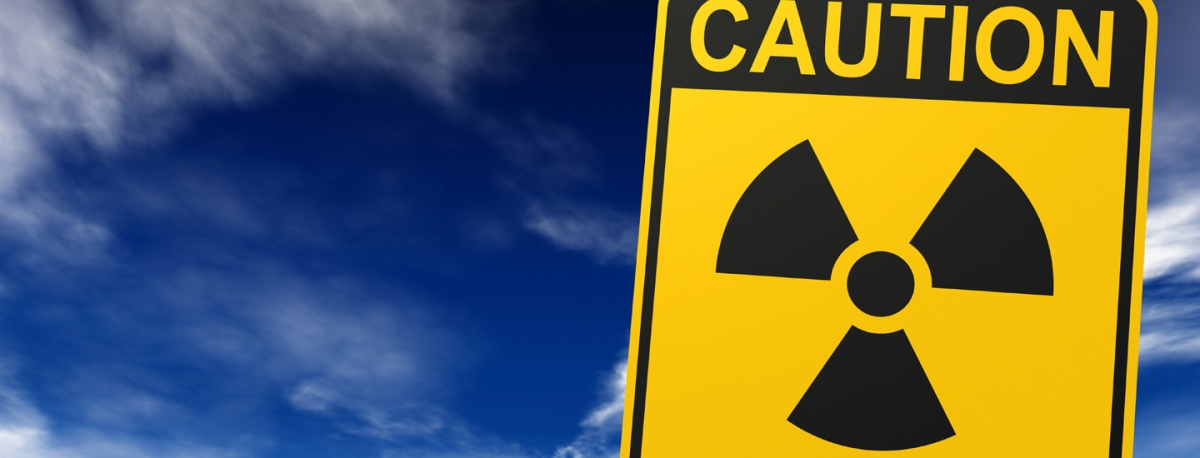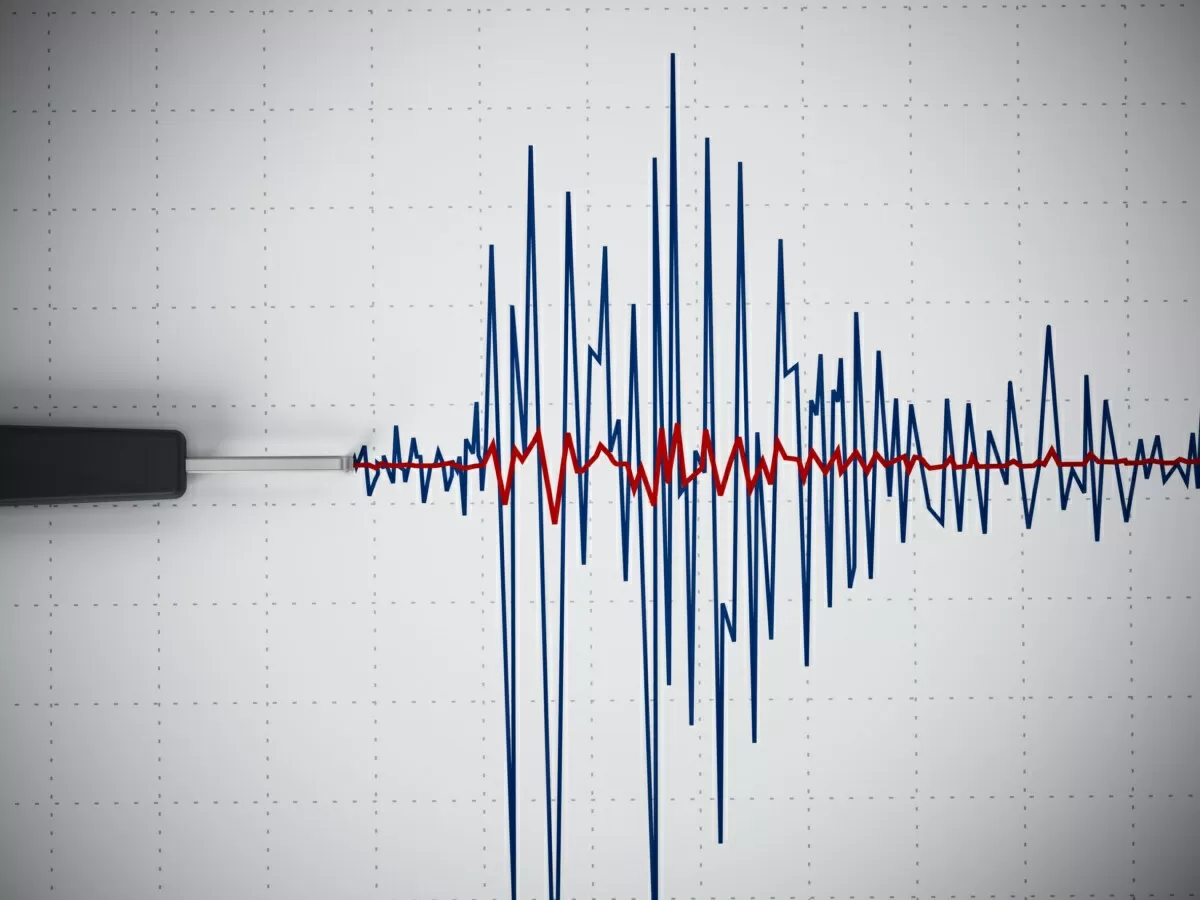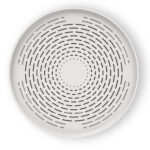Predicting earthquakes: the role of radon gas

The limitations of earthquake hazard warning technologies
There is no doubt that being able to predict an earthquake reasonably in advance would be of tremendous help in emergency response planning. And it is for this reason that the scientific community is hard at work trying to identify possible signals. To date, however, the only systems that we can rely on are the so-called early warning technologies, which basically consist of a network of seismographs that, working in unison, make it possible to locate the hypocenter and epicenter of an earthquake more or less in real time and to send an alert to the surrounding areas to activate automatic response systems if necessary (e.g., running red lights to stop traffic, ringing the bell in schools to allow students to shelter under their desks, etc.). This is undoubtedly a very useful and potentially life-saving system, as an Italian study published recently in Nature Communications pointed out, but one with limitations: even in the best of cases, in fact, technologies of this type allow for a warning on the order of ten seconds before the arrival of the shock. A decidedly insufficient amount of time.
Imparare dal passato

I tentativi per migliorare la finestra temporale delle previsioni, comunque, non mancano. Da diversi decenni, la comunità scientifica non ha lesinato alcuno sforzo per comprendere più dettagliatamente possibile le dinamiche dei fenomeni sismici, in modo da identificare dei segnali che consentano di prevederli con il maggior anticipo possibile. Allo stato attuale, gli approcci sono sostanzialmente due: il primo è quello statistico, ovvero volto a valutare la probabilità che un dato terremoto di una data magnitudo colpisca una certa regione in un determinato intervallo temporale. Nel tempo, in particolare, geologi e sismologi hanno sviluppato dei modelli matematici, basati, tra le altre cose, sull’analisi dell’attività vulcanica e sull’andamento delle serie storiche e che, analogamente a quanto accade nel campo della meteorologia, consentono di mettere a punto le cosiddette mappe di pericolosità sismica, aggiornate periodicamente, che contengono indicazioni su quali sono le regioni che corrono più concretamente il rischio di essere teatro di un terremoto. I risultati sembrano essere promettenti: questo approccio, applicato a posteriori sulla sequenza sismica che ha colpito l’Italia centrale nel 2016, ha permesso di elaborare previsioni “statisticamente affidabili” rispetto ai dati realmente osservati.
In search of seismic precursors

But alongside the mathematical-statistical one, there is also another way. And it is that of the so-called seismic precursors, that is, all the signals (physical, chemical, geological, biological) potentially related to the occurrence of an earthquake: once it is understood what they are, it might be possible, by intercepting them with appropriate advance, to predict the arrival of an earthquake. Among the possible seismic precursors currently being studied by the scientific community are, for example, variations in the velocity of seismic waves, variations in the volume of rocks, variations in the electrical resistivity of rocks, variations in the geomagnetic field, variations in the level and temperature of water in deep wells, and even the variation in radon gas emissions from the Earth’s crust, at the fault. The rationale for the latter point, in particular, is as follows: radon gas is an element produced by the decay of uranium, naturally occurring in varying amounts in the subsurface and trapped there by the surrounding rocks; therefore, it is thought that the movements (particularly compressions and microfractures) occurring in the hours before the earthquake could provide, in some cases, a kind of “escape route” for radon gas to be released into the atmosphere, leading to an increase in the radon levels recorded in the area.
The road is mapped out

At present, it is still too early to make a definite connection and to make predictions, but the path, studies in hand, seems to be laid. Monitoring radon levels is not only important for our health-30 percent of lung cancers, for example, are caused by radon exposure-but it could soon be a new method for predicting the arrival of an earthquake.







